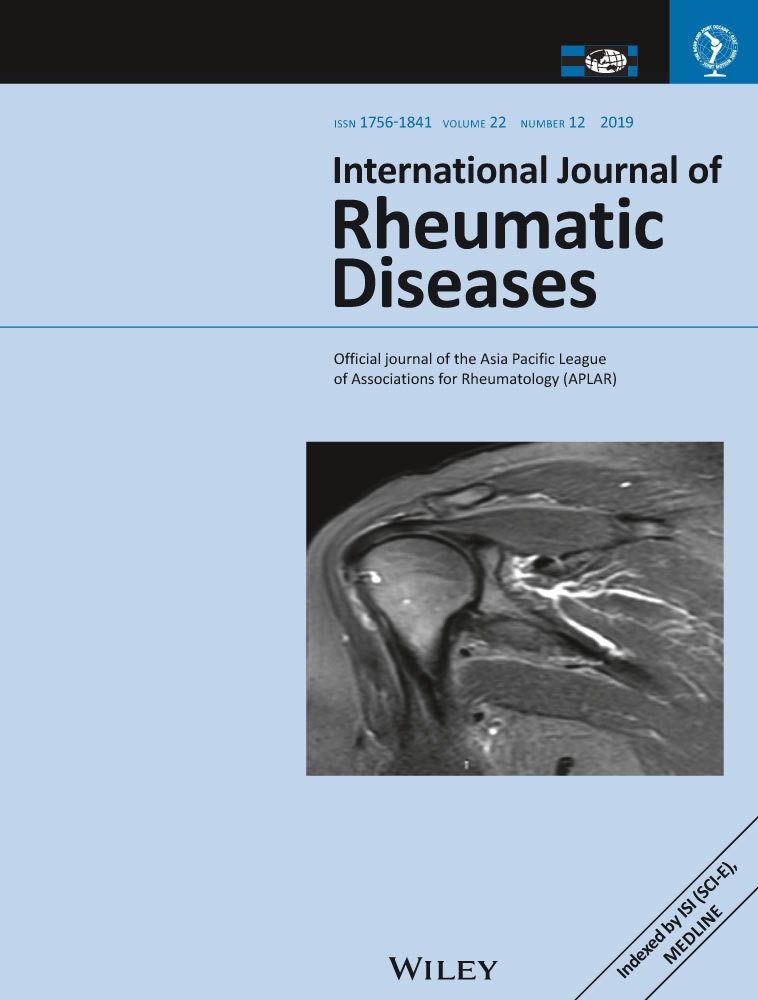
Ultrasound in addition to physical therapy has no significant effect in patients with OA

Ultrasound in addition to physical therapy has no significant effect in patients with OA
Therapeutic ultrasound versus sham ultrasound for the management of patients with knee osteoarthritis: a randomized double-blind controlled clinical study
Int J Rheum Dis. 2012 Apr;15(2):197-206. doi: 10.1111/j.1756-185X.2012.01709.x. Epub 2012 Feb 13Did you know you're eligible to earn 0.5 CME credits for reading this report? Click Here
Synopsis
42 patients were randomized to receive physical therapy with the addition of either an ultrasound intervention or a sham ultrasound intervention (placebo) to determine the effect of ultrasound therapy in the treatment of knee osteoarthritis. Changes in pain, knee function, ambulation activity, disability and psychological status were measured at the completion of a 3-week intervention program. The results indicated that both groups demonstrated significant improvements; however, there were no differences between the groups. There appears to be no beneficial effect of using ultrasound therapy in addition to conventional physical therapy for the treatment of knee osteoarthritis.
Was the allocation sequence adequately generated?
Was allocation adequately concealed?
Blinding Treatment Providers: Was knowledge of the allocated interventions adequately prevented?
Blinding Outcome Assessors: Was knowledge of the allocated interventions adequately prevented?
Blinding Patients: Was knowledge of the allocated interventions adequately prevented?
Was loss to follow-up (missing outcome data) infrequent?
Are reports of the study free of suggestion of selective outcome reporting?
Were outcomes objective, patient-important and assessed in a manner to limit bias (ie. duplicate assessors, Independent assessors)?
Was the sample size sufficiently large to assure a balance of prognosis and sufficiently large number of outcome events?
Was investigator expertise/experience with both treatment and control techniques likely the same (ie.were criteria for surgeon participation/expertise provided)?
Yes = 1
Uncertain = 0.5
Not Relevant = 0
No = 0
The Reporting Criteria Assessment evaluates the transparency with which authors report the methodological and trial characteristics of the trial within the publication. The assessment is divided into five categories which are presented below.
4/4
Randomization
4/4
Outcome Measurements
3/4
Inclusion / Exclusion
4/4
Therapy Description
4/4
Statistics
Detsky AS, Naylor CD, O'Rourke K, McGeer AJ, L'Abbé KA. J Clin Epidemiol. 1992;45:255-65
The Fragility Index is a tool that aids in the interpretation of significant findings, providing a measure of strength for a result. The Fragility Index represents the number of consecutive events that need to be added to a dichotomous outcome to make the finding no longer significant. A small number represents a weaker finding and a large number represents a stronger finding.
Why was this study needed now?
Knee osteoarthritis (OA) has been indicated to become one of the global leaders of disability amongst both men and women, and management options are constantly debated. It has been established that a combination of nonpharmacological and pharmacological treatments provide an effective course of management for pain and disability associated with knee OA. However, the clinical efficacy of physical agents such as ultrasound (US) therapy for treatment of muscoloskeletal disorders is controversial, yet popular. A study was needed to evaluate the short-term effectiveness of US therapy versus those who did not receive US therapy.
What was the principal research question?
Did ultrasound therapy in patients with knee osteoarthritis provide better clinical efficacy after 3 weeks of treatment when compared to placebo-controlled patients?
What were the important findings?
- Within-group analysis of VAS-pain scores (at rest and with activity) indicated pain was reduced significantly after the program in both groups (both p-values=0.001). However, significant difference after treatment was not demonstrated between groups (US vs. Sham group: VAS at rest = 2.30 vs. 2.95, p=0.319; VAS with activity = 3.30 vs. 4.45, p=0.078).
- Although significant improvements were seen for both groups after treatment in WOMAC scores for functional ability (p-values=0.001), there was no difference between groups after treatment (p-values>0.196).
- 50m walking time improved from baseline values (p-values=0.001), but there was no difference between groups at the end of the intervention program (p=0.120).
- Both groups displayed a significant decrease in average Lequesne index score for disability compared to baseline measures (p<0.05), but the scores did not differ between groups after the intervention (p=0.813).
- Psychological parameters of anxiety and depression were reduced in both groups after treatment, but there was no difference between groups after intervention (p>0.494).
What should I remember most?
The use of ultrasound therapy had no effect/improvement on pain, function, ambulation activity, disability, and psychological status when compared to patients who did not receive ultrasound therapy. It should be noted that both groups demonstrated a significant improvement in pain, stiffness, functional activity, walking time, disability, depression and anxiety scores compared to pre-treatment values.
How will this affect the care of my patients?
This study suggests that there is no beneficial effect of using ultrasound therapy in addition to a traditional physical therapy program for the treatment of knee osteoarthritis. Further studies with larger sample groups should be conducted to investigate if any differences in long-term outcomes exist. Additionally, to provide a better assessment of the effectiveness of ultrasound therapy this treatment should be assessed on its own.
Learn about our AI Driven
High Impact Search Feature
Our AI driven High Impact metric calculates the impact an article will have by considering both the publishing journal and the content of the article itself. Built using the latest advances in natural language processing, OE High Impact predicts an article’s future number of citations better than impact factor alone.
Continue



 LOGIN
LOGIN

Join the Conversation
Please Login or Join to leave comments.